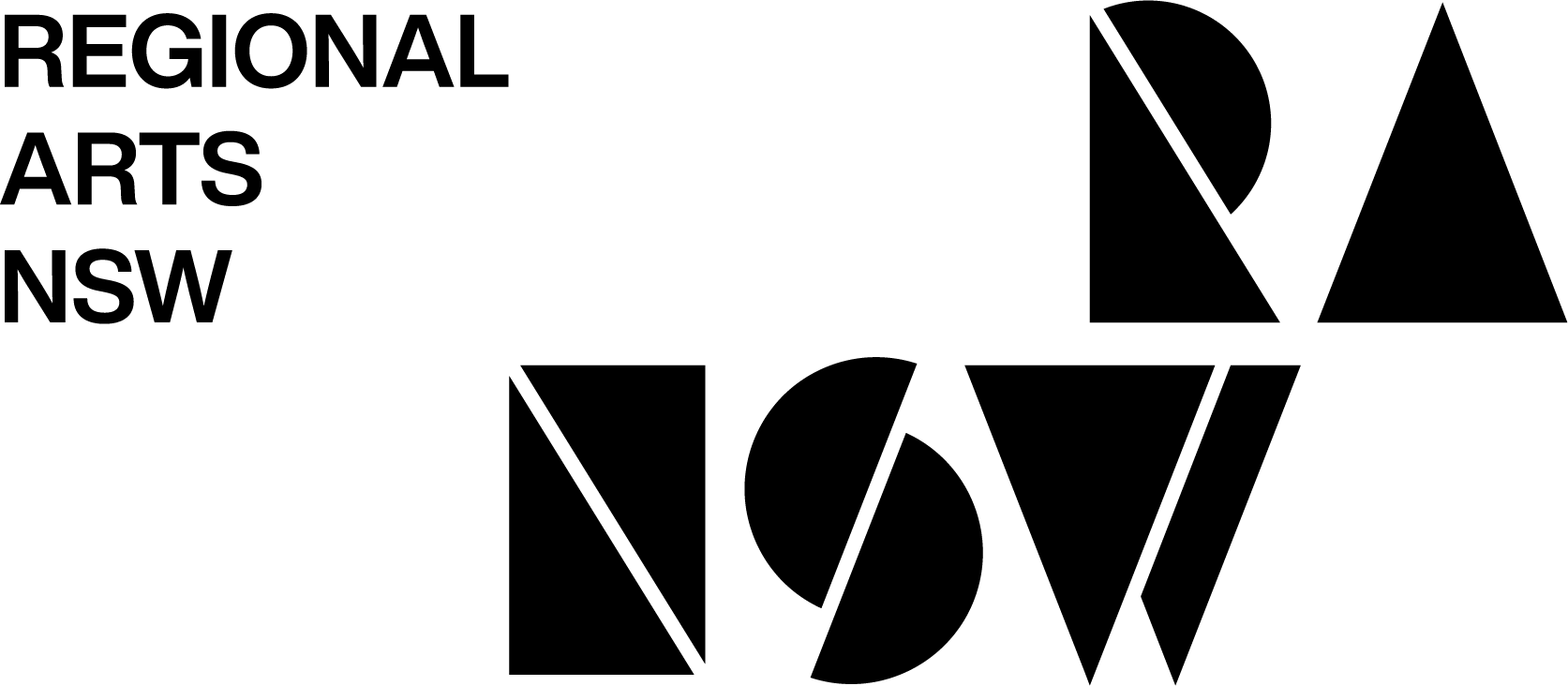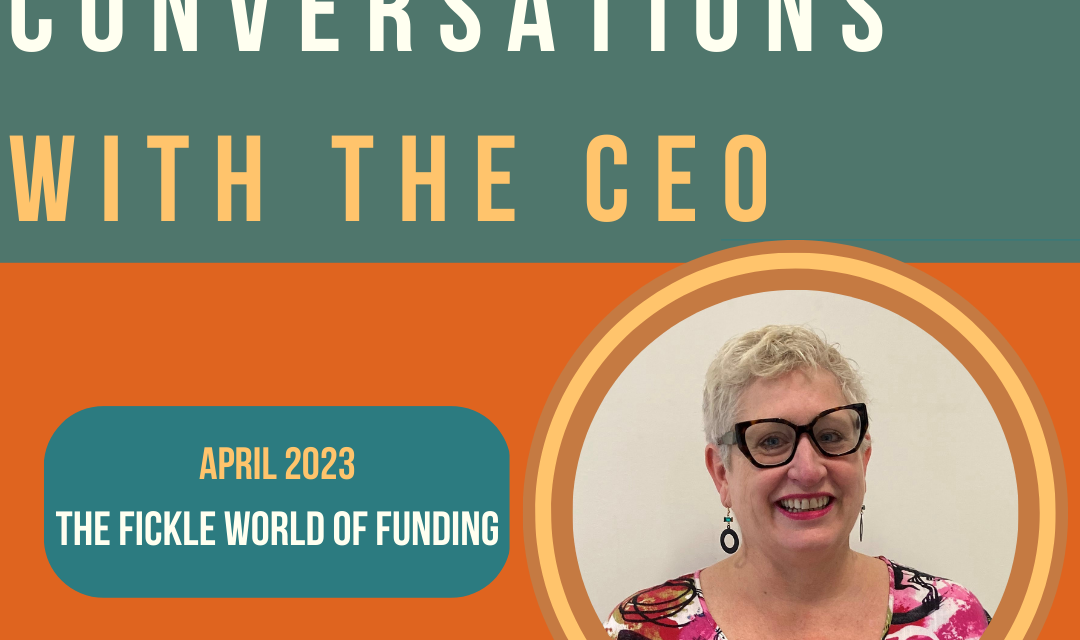Despite the fact that many arts organisations are increasingly finding ways of diversifying income, the sector is still strongly shaped by funding programs. As a body that manages funding programs (Regional Arts Funding or RAF that comes from the Federal Government’s Office for the Arts via a deed with Regional Arts Australia), at RANSW we have observed shifts in funding applicants behaviour, and I’m told that other funding bodies are seeing changes in this space too – and not just in the arts sector. It feels like this is yet another area in which Covid is leaving a legacy.
The first thing that we have noted is the large increase in the amount of applications. We have heard from our Regional Arts Network in NSW that during Covid there were arts practitioners who turned to funding programs who had never previously applied, and I am guessing that this has now followed through to contribute to a much larger pool of people now trying to access the limited funding available in the arts sector. And while the need during the pandemic was immediate and sometimes quite desperate, it appears to have influenced people now in this new period where people are keen to rebuild after the uncertainty of recent years. The effects of flooding and other disasters has exacerbated this. And while there has been a lot of attention paid to large funding programs, I perceive an increased need for small projects to be able to access support.
Added to this is the fact that so many people are now understanding more about the opportunities presented by funding and how to write a good application. Consequently, we are also seeing more people deeply disappointed when their application is unsuccessful. Given that in the past many of these applications may have been successful, it is difficult to adapt to changing conditions where the highly competitive nature of the current funding climate is rendering previous standards irrelevant. Saying no to perfectly good grant applications that would have once been successful contributes to a negativity in parts of the sector that can be quite damaging, both to applicants and to the funding bodies.
There is no simple answer to addressing the problematic nature of this increased demand on arts funding. Obviously any increase to these funds is welcomed and we at RANSW are in the fortunate positions of the RAF funds that we manage being about to increase thanks to the uplift announced by the Federal Government as part of the National Cultural Policy. But the harsh reality is that in most other areas of arts funding we are unlikely to see increases in these financially straightened times. As always, the arts sector will adapt and mostly survive, but we clearly all need to think creatively about how to find our opportunities. Maybe some of the old established ways in which people have dipped into funding will change. All of us who venture into applying for funding need to do so with a level of resilience, but at the same time we all need to keep finding the best ways to keep our arts funding avenues healthy and appropriate for our times. And right now, it seems that new times may require some new solutions.

